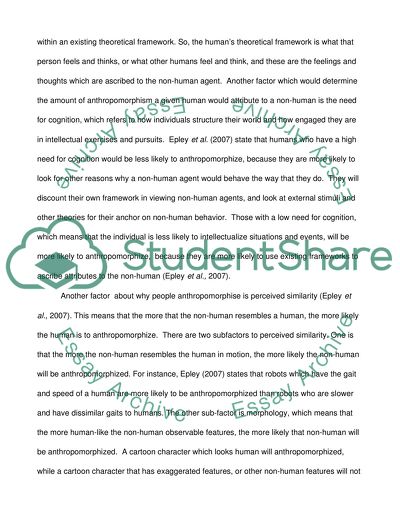Cite this document
(“Psychology Essay: Theory and Discussion of Anthropomorphism Essay”, n.d.)
Retrieved from https://studentshare.org/psychology/1395969-anthropomorphism
Retrieved from https://studentshare.org/psychology/1395969-anthropomorphism
(Psychology Essay: Theory and Discussion of Anthropomorphism Essay)
https://studentshare.org/psychology/1395969-anthropomorphism.
https://studentshare.org/psychology/1395969-anthropomorphism.
“Psychology Essay: Theory and Discussion of Anthropomorphism Essay”, n.d. https://studentshare.org/psychology/1395969-anthropomorphism.


